Clinician Spotlight: J. Terry Alford
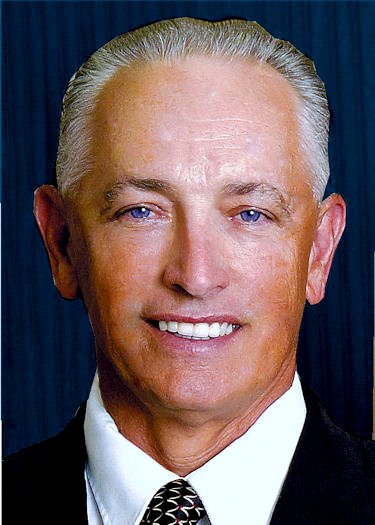
J. Terry Alford, DMD, practices general, cosmetic, and restorative dentistry in Bradenton. He received his undergraduate degree from Rollins College, Winter Park, and his dental degree from the University of Alabama, Birmingham, with additional training in anesthesia. Dr. Alford has also received additional training in implant dentistry. He is a member of the American Academy of Cosmetic Dentistry, American Academy of Implant Dentistry, American Dental Association, Florida Dental Association, and Manatee County Dental Society.
If you set out to win the Nobel Peace Prize in dentistry, how would you do it?
I would change the educational structure in our dental school environment because I feel there is something seriously missing. There are many things you didn’t learn in dental school; you learned them outside dental school and in Continued Education Courses. Unfortunately, our dental schools are not providing the base knowledge necessary for some of our newer dentists entering private practice.
Quite honestly, technology has gotten so good that it’s hard to keep up with it. However, many people are still stuck in an old thought process – “We don’t need new technology and we aren’t going to embrace it.”
Today I’ll touch on T-Scan™ technology, MRI technology, Cone Beam technology and some of the disease processes that we now see in dentistry. We have to pay attention to these tools even as a general dentist because if we don’t approach dental issues with technology, we’re not doing what we need to do for our patient population. This is why I’ve been devoted to continued education my entire life. The more I know, the more I don’t know.
Dental technology has come a long way, and if we fail to understand how it can help us in in our practice, we won’t get anywhere. Many dentists simply don’t understand their full potential because they lack technology. I have and will continue to write letters to dental schools and dental deans in an attempt to try to get them to incorporate certain technology-based evaluation and treatment methods into the dental school environment.
What’s the deal with the stigmas surrounding occlusion?
In Dental Products Magazine, Dr. Gordon Christensen said there are three things that we treat in dentistry.
We treat teeth, we treat the periodontium, and we treat occlusion. He specifically stated that we over-treat teeth, we under-treat the periodontium and we don't treat occlusion. The reason we don't treat occlusion is because we are not trained to treat occlusion.
With new technology, however, we can bring these dental students who have a base understanding of occlusion to the level that they need to be. We’ll go on to discuss some of the statistics regarding occlusion, what we can do about it, and how we can be better dentists for our patients.
Why do many dentists ignore Temporomandibular Joint Disorder (TMJ) symptoms?
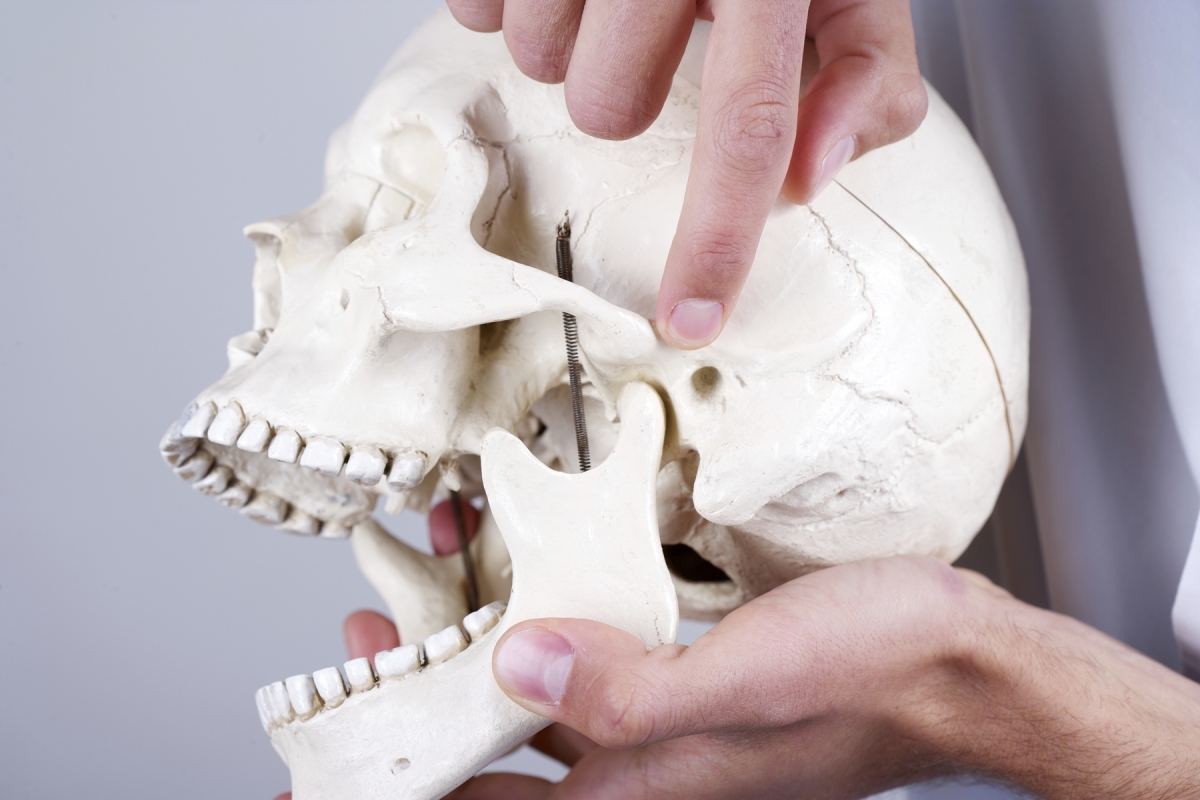
TMJ dysfunction is a common condition and according to some studies, 20-30% of the population walks into their dental offices with some kind of TMJ or TMD issue. Most general dentists are ignoring the 20-30% of people who walk in with clinical symptoms.
You have heard it a thousand times—“Ever since that crown was put in, my bite has been so bad and I can’t eat on that side.” Every doctor out there has experienced this problem. How are we addressing TMD issues, migraine headaches, posturing in the mandible, neck pains, and the like? I mean we don’t know all the answers, but I am telling you right now “measured matters.”
Measure with T-Scan, measure with a surface EMG; use technology to evaluate neuromuscular anatomy and the neural science of the muscles of mastication and apply that to clinical performance. At this point, every dentist should be thinking, “I need to learn occlusion because if I do, everything I do from this day forward is going to be much more successful. Or at least, I’ll be able to understand it and either treat it effectively or appropriately refer the case.”
I don't think you’re doing right by your patients if you don't understand occlusion.
Why does “measured” matter?
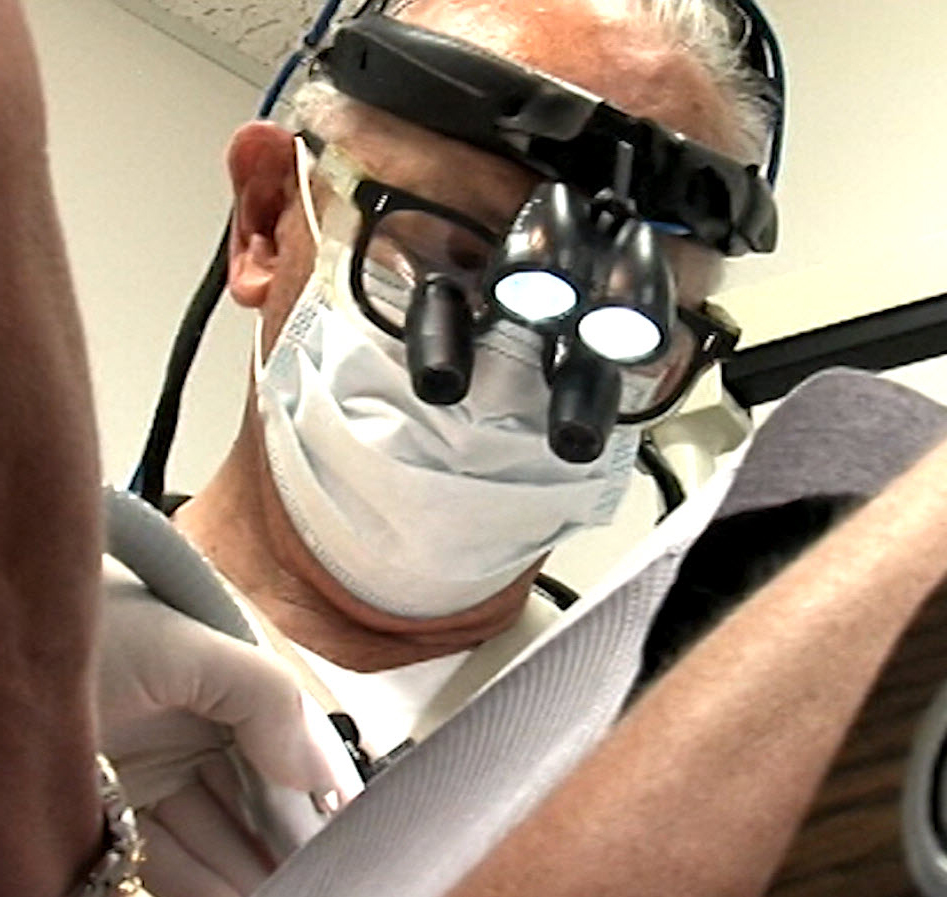
First, what does “measured” mean? “Measured” means going into the mouth and collecting all the information necessary to make the right diagnosis. Today, you wouldn’t diagnose TMJ without an MRI because it’s the standard of care. If TMJ goes untreated in your practice, you’re doing your patients a disservice because you don’t understand the problem they have.
Why can’t the American Dental Association (ADA) and the Council of Accreditation ask the country’s dental schools to allocate time to educate our future dentists on existing technology designed to help them diagnose widespread issues—this education should be in place regardless of whether or not they want to treat advanced occlusal-related complications.
How can you gather data under the idea of “measured”?
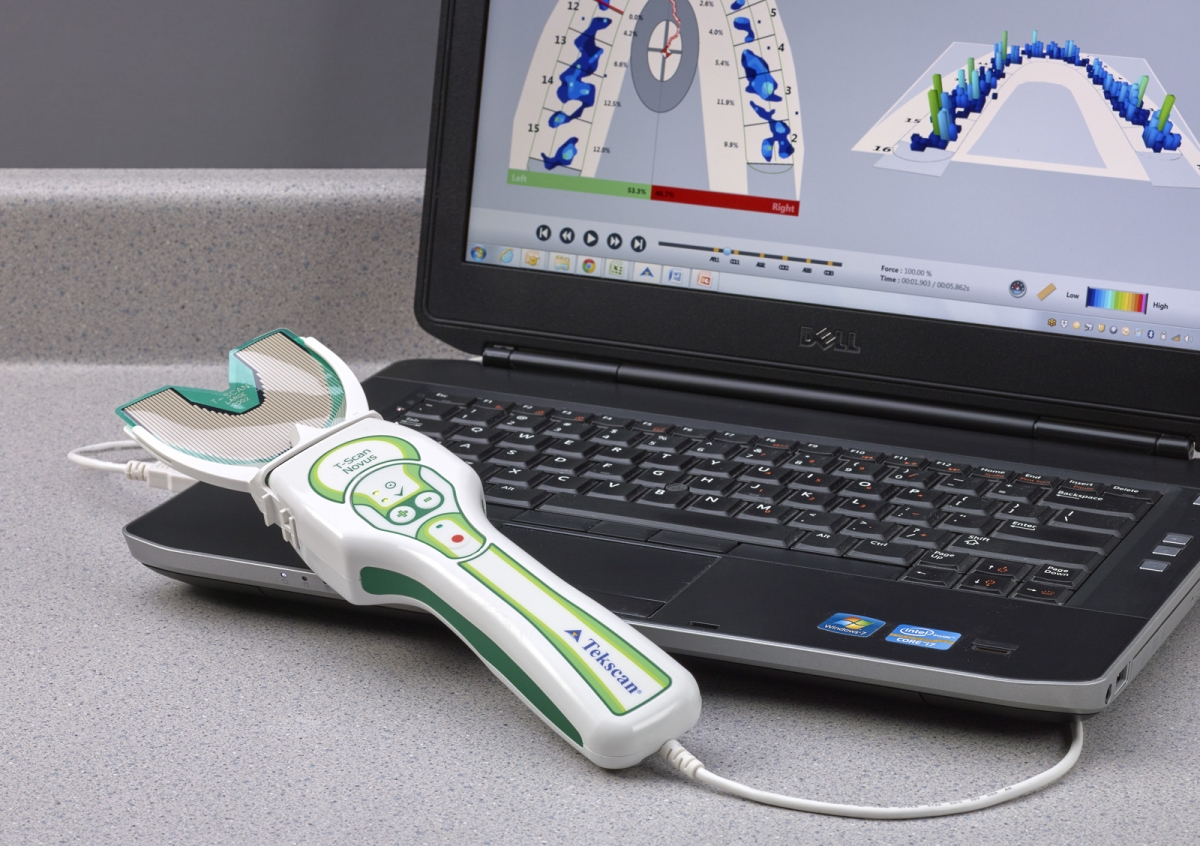
We can gather this information with technology—Tekscan’s T-Scan, for example. It’s frustrating; for thirty years, Dr. Robert Kerstein and I have been trying to break through that glass ceiling and get people to understand that articulating paper is only about 11.8% effective. In the best hands, it’s still ineffective. Now with Tekscan’s dental technology, we are now able to understand where and how much relative force is placed on the teeth, where the first contact happens, and which sides of the mouth are balanced or imbalanced. We can even measure forces after implant therapy in order to reduce the amount of failure. There are so many tools available, but unfortunately the ADA has thrown them onto the backburner.
For two years, the ADA has known about research on carbon paper that shows it doesn’t comprehensively measure occlusal forces. Yet it’s exactly what we teach dental students to use when handling forces on implants or periodontal teeth. We need to incorporate Tekscan technology into our dental school environment. I am adamant about this because in my practice over the last several years, I’ve seen incredible improvement in my patients’ quality of life. At one point, I did believe I had articulating paper down to a science. I would use it on my patients and wonder why I still couldn’t fix certain issues. With my dental technology tools, however, I am able to accurately observe and treat malocclusion.
You’ve mentioned T-Scan; how is this product essential to the work you’re doing?
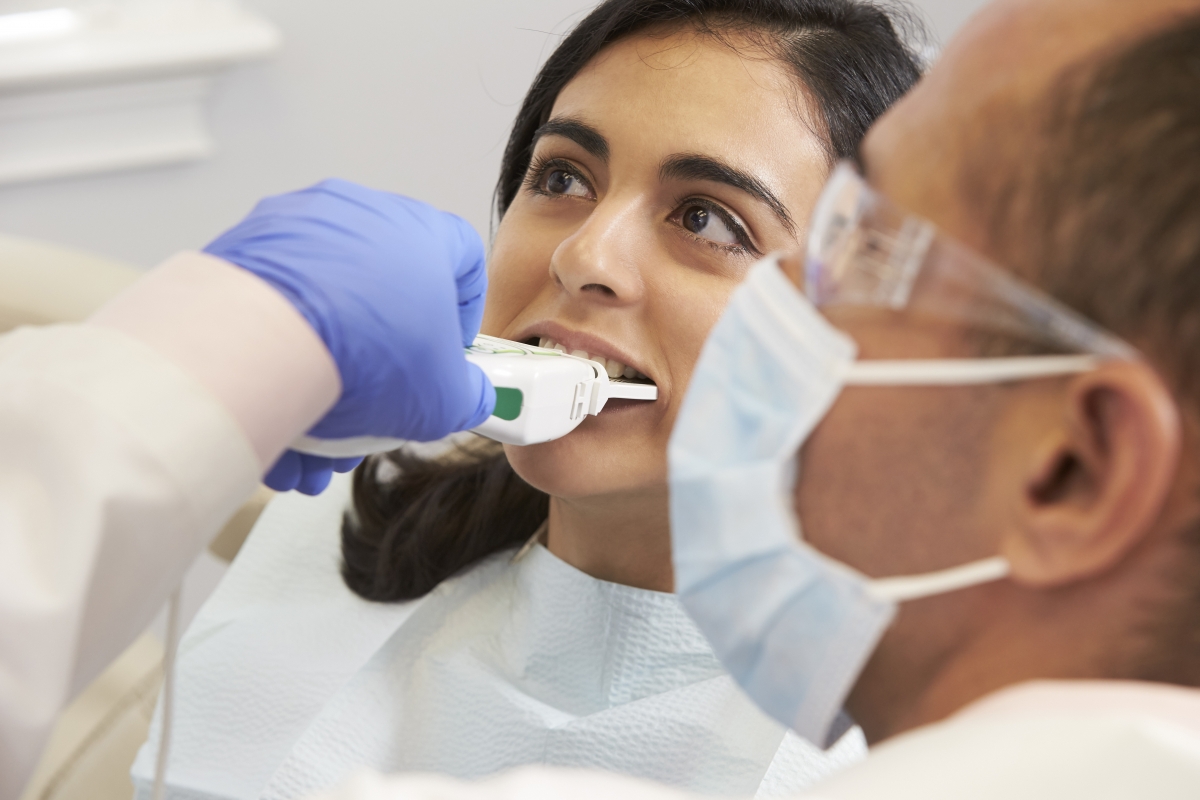
If you place a piece of articulating paper into a patient’s mouth, it’s going to make some marks on the teeth. It tells you where the forces are, but it doesn’t show you how long or how much force is being applied—and it never will, because it isn’t technology.
Tekscan, on the other hand, develops pressure measurement sensors for occlusal evaluations—they are so accurate it’s incredible. The ergonomic handpiece is fitted with a sensor, made up of thousands of pressure-sensitive Sensels™, that you place in the patient’s mouth. The tool is connected to your computer through a USB (how simple can it be, right?). The hardware comes with phenomenal software that you can display on your monitor, and when the patient bites down on the sensor, the bite shows up in living color, in three dimensions to reveal the timing and force of every contact in the mouth. T-Scan displays relative force, shows you the patient’s center of pressure, where teeth hit, where teeth touch first, which side is touching more, the timing of the bite, and more. It tells you everything you could possibly want to know about a bite, with one bite, one standard bite.
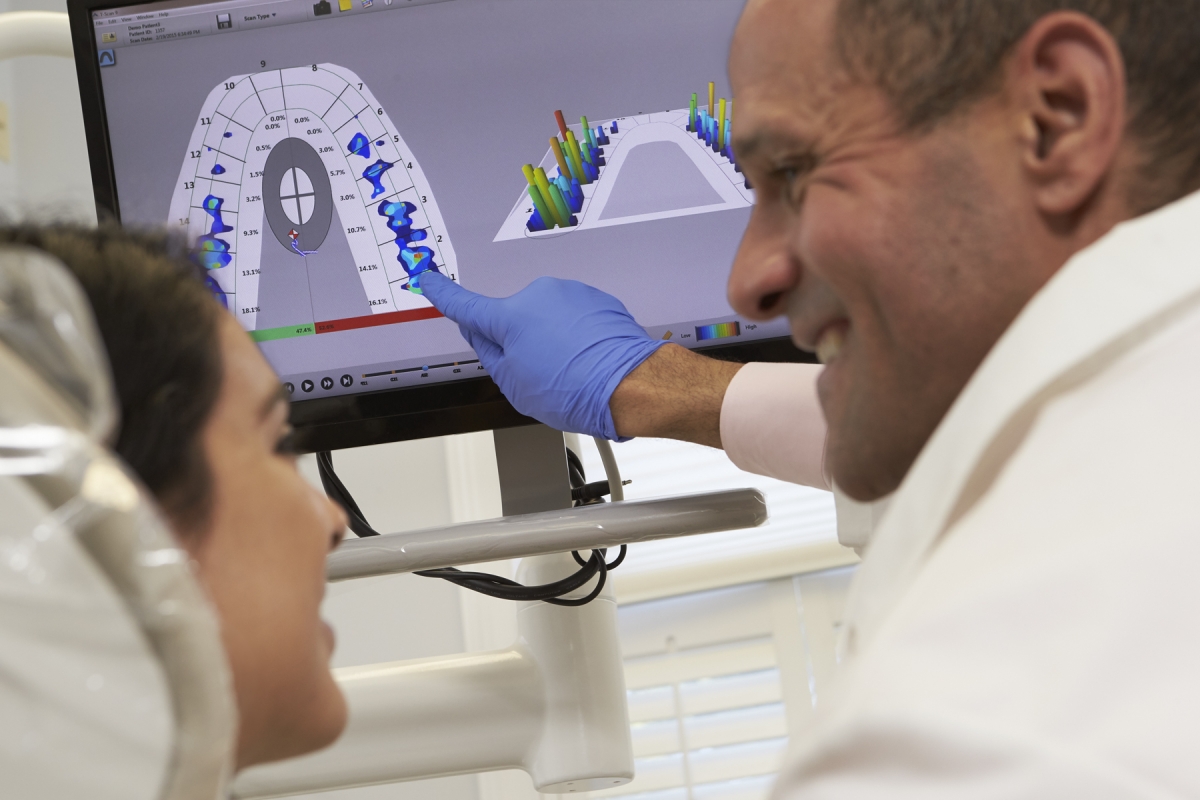
Of course we’d want to measure multiple bites to make sure that the information is usable. Oftentimes, patients will bite tentatively at first and perhaps bite more to one side. However, if we use T-Scan to evaluate the bite two or three times in a row, we’ll get solid data that is truly indicative of that patient’s clinical, normal bite.
Neuro-muscular issues, which can cause headaches and fatigue, are associated with poor bite timing and direction on the posterior. With T-Scan, we can measure this and that’s why it’s so important to my practice. This piece of technology is the cheapest thing I have ever purchased in dentistry, and the return is nearly instant—within a month it virtually paid for itself, or so I felt, simply because I was armed with the knowledge that I could treat my patients effectively, especially the mouth rehab cases.
In that same vein, I wouldn’t do a single CEREC case without using a T-Scan first to determine the occlusal scheme of that patient. I take scans once before I ever even touch a tooth. Then I’ll mill the crown and put it on. Even with CEREC’s incredible ability to almost perfectly duplicate, I still go back and use the T-Scan. A balanced occlusion is so beautiful—to hear that it feels correct, that there is no more pain, discomfort, or post-operative sensitivity. The results are so much better now that I’ve incorporated T-Scan and other technology into my practice.
How do undiagnosed occlusal issues impact patients’ long-term health?
Think about unbalanced occlusion as a rock in your shoes. If you don't get it out and decide to go for a run, you won’t get very far because it hurts. What if you didn’t know it was there? How would your body compensate?
You’d start to have a little knee problem or you would favor the opposite hip which would cause pain. Your back would be under stress and after a while, you’d be almost debilitated because of a single rock in your shoe. People don’t often walk around with a rock in their shoe because they can identify the problem and remove it. That isn’t always the case with occlusion. If you aren’t aware of occlusal-related issues or how to treat them because you weren’t educated as a dentist, you’re going to let your patients walk around with rocks in their shoes.
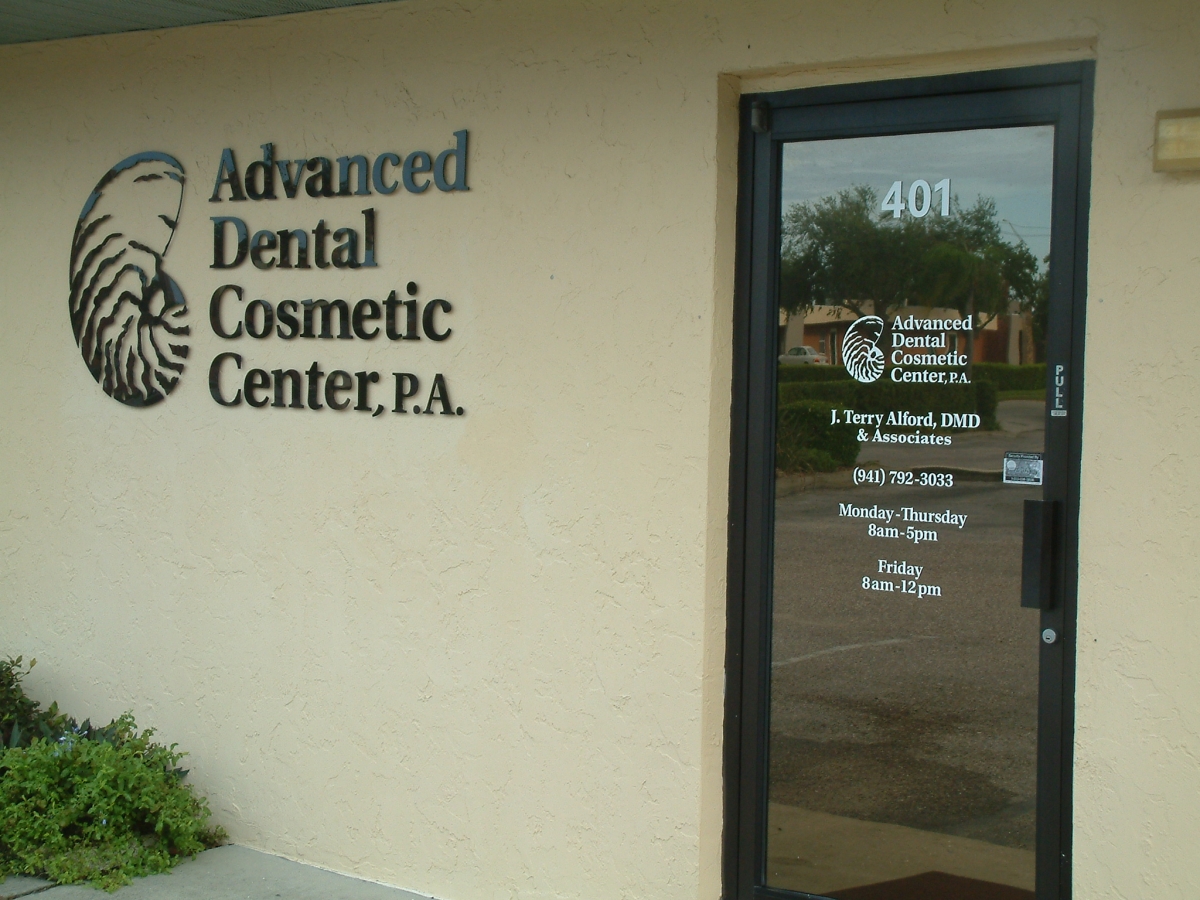 Do you have any words of wisdom for young dentists moving into private practices?
Do you have any words of wisdom for young dentists moving into private practices?
If I was a young dentist just starting off, I would want as much information about occlusion as I could get. That way when I step out into private practice, I am not ignorant to what's available.
I love that we can talk to these young dentists and say, “Hey listen, you need to go here, you need to gain this education, you need to really understand this particular concept in dentistry. Then you need to take it back to your private practice and make it part of something that will make your practice successful.”
When I take part in external rotation programs, I’ll question younger dentists about TMJ and occlusion, and they’ll struggle to answer. At that point, I’ll introduce them to Tekscan technology—most can’t believe this tool exists. They come from one of the most modern dental schools in the country, but they still don’t have any knowledge about occlusion.
I’ll ask them to perform simple processes or procedures and they’ll look me dead in the eyes and say, “I don’t feel comfortable doing that.” They should have learned about these procedures in their second or third year of dental school, yet these full-fledged dentists aren’t comfortable with these concepts. If you lack this kind of education, you can’t possibly be an effective dentist because 99% of the people who walk in your door have these issues.
*The content featured in this Clinician Spotlight comes from a Dentistry Uncensored interview between Howard Farran and Dr. Alford in October 2016. An ongoing video series from Dentaltown, Dentisty Uncensored educates viewers on how to perform high-quality dentistry faster, easier, and at a lower cost. View Dr. Alford's full interview here.*
 For almost 40 years, Dr. Alford has practiced dentistry in Bradenton, Florida, with a special emphasis on Cosmetic Reconstruction, Implants, and Cosmetic Enhancements via laser whitening. Driven to increase his knowledge of functional occlusion, Dr. Alford has completed courses covering TMJ, full mouth reconstruction, gnathology (function) of the jaws, and prosthodontic reconstruction with implants. He continues to attend courses presented by leading clinicians around the world. Recently, Dr. Alford attended the World Conference on Implant Therapy in Las Vegas, bringing back to Bradenton the most modern treatment tools available, which include computer imaging technology and laser applications designed to enhance existing dental procedures. Dr. Alford is one of a handful of dentists in the United States certified in Disclusion Time Reduction (DTR) Therapy which manages oral, facial, and TMD Pain.
For almost 40 years, Dr. Alford has practiced dentistry in Bradenton, Florida, with a special emphasis on Cosmetic Reconstruction, Implants, and Cosmetic Enhancements via laser whitening. Driven to increase his knowledge of functional occlusion, Dr. Alford has completed courses covering TMJ, full mouth reconstruction, gnathology (function) of the jaws, and prosthodontic reconstruction with implants. He continues to attend courses presented by leading clinicians around the world. Recently, Dr. Alford attended the World Conference on Implant Therapy in Las Vegas, bringing back to Bradenton the most modern treatment tools available, which include computer imaging technology and laser applications designed to enhance existing dental procedures. Dr. Alford is one of a handful of dentists in the United States certified in Disclusion Time Reduction (DTR) Therapy which manages oral, facial, and TMD Pain.
The information on the Tekscan website is provided with the understanding that the organization is not engaged in rendering medical or legal advice or recommendations. You should not rely on any information on the website to replace consultations with qualified health care, clinical, or legal professionals to meet your individual needs. References to any treatment or therapy option, or to any program, service or treatment do not constitute an official endorsement by Tekscan, Inc. Read our full disclaimers.